Can Bakiskan
Neuro-Inspired Deep Neural Networks with Sparse, Strong Activations
Apr 12, 2022

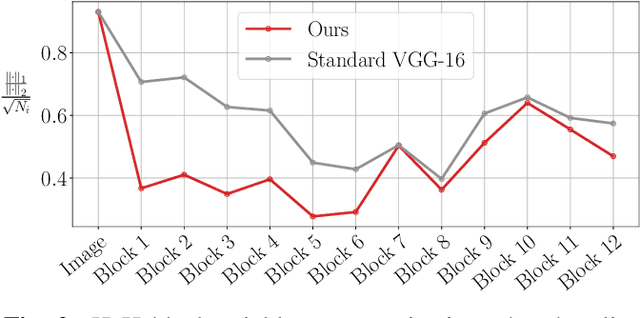
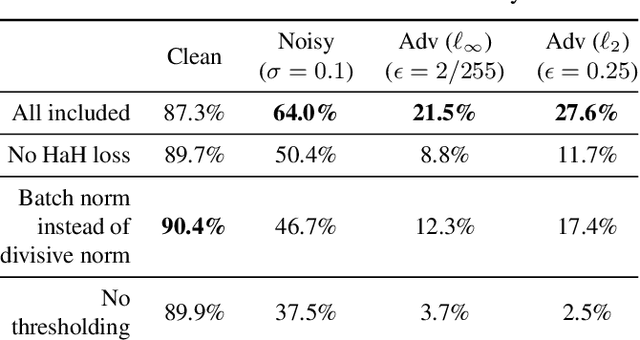
Abstract:While end-to-end training of Deep Neural Networks (DNNs) yields state of the art performance in an increasing array of applications, it does not provide insight into, or control over, the features being extracted. We report here on a promising neuro-inspired approach to DNNs with sparser and stronger activations. We use standard stochastic gradient training, supplementing the end-to-end discriminative cost function with layer-wise costs promoting Hebbian ("fire together," "wire together") updates for highly active neurons, and anti-Hebbian updates for the remaining neurons. Instead of batch norm, we use divisive normalization of activations (suppressing weak outputs using strong outputs), along with implicit $\ell_2$ normalization of neuronal weights. Experiments with standard image classification tasks on CIFAR-10 demonstrate that, relative to baseline end-to-end trained architectures, our proposed architecture (a) leads to sparser activations (with only a slight compromise on accuracy), (b) exhibits more robustness to noise (without being trained on noisy data), (c) exhibits more robustness to adversarial perturbations (without adversarial training).
Sparse Coding Frontend for Robust Neural Networks
Apr 12, 2021

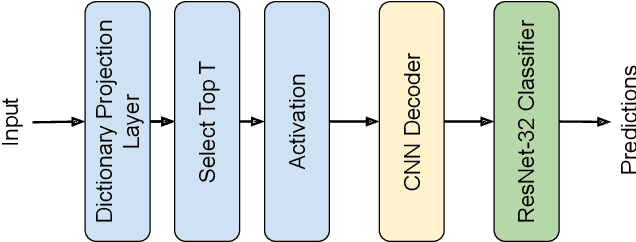

Abstract:Deep Neural Networks are known to be vulnerable to small, adversarially crafted, perturbations. The current most effective defense methods against these adversarial attacks are variants of adversarial training. In this paper, we introduce a radically different defense trained only on clean images: a sparse coding based frontend which significantly attenuates adversarial attacks before they reach the classifier. We evaluate our defense on CIFAR-10 dataset under a wide range of attack types (including Linf , L2, and L1 bounded attacks), demonstrating its promise as a general-purpose approach for defense.
A Neuro-Inspired Autoencoding Defense Against Adversarial Perturbations
Dec 21, 2020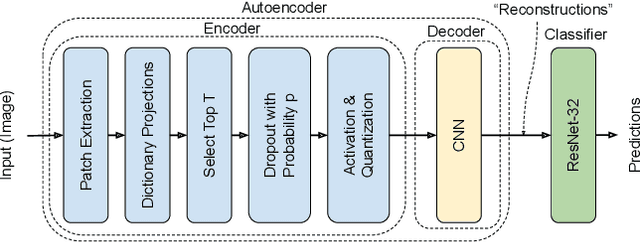

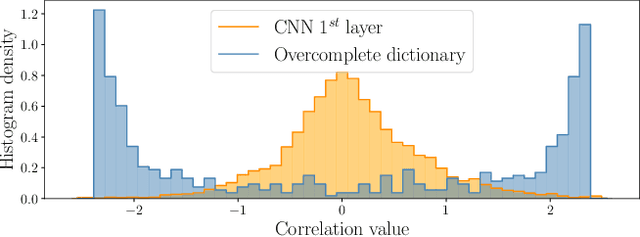
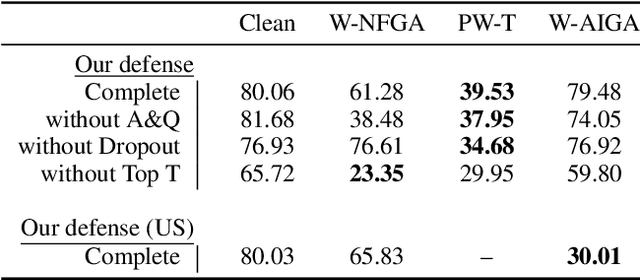
Abstract:Deep Neural Networks (DNNs) are vulnerable to adversarial attacks: carefully constructed perturbations to an image can seriously impair classification accuracy, while being imperceptible to humans. While there has been a significant amount of research on defending against such attacks, most defenses based on systematic design principles have been defeated by appropriately modified attacks. For a fixed set of data, the most effective current defense is to train the network using adversarially perturbed examples. In this paper, we investigate a radically different, neuro-inspired defense mechanism, starting from the observation that human vision is virtually unaffected by adversarial examples designed for machines. We aim to reject L^inf bounded adversarial perturbations before they reach a classifier DNN, using an encoder with characteristics commonly observed in biological vision: sparse overcomplete representations, randomness due to synaptic noise, and drastic nonlinearities. Encoder training is unsupervised, using standard dictionary learning. A CNN-based decoder restores the size of the encoder output to that of the original image, enabling the use of a standard CNN for classification. Our nominal design is to train the decoder and classifier together in standard supervised fashion, but we also consider unsupervised decoder training based on a regression objective (as in a conventional autoencoder) with separate supervised training of the classifier. Unlike adversarial training, all training is based on clean images. Our experiments on the CIFAR-10 show performance competitive with state-of-the-art defenses based on adversarial training, and point to the promise of neuro-inspired techniques for the design of robust neural networks. In addition, we provide results for a subset of the Imagenet dataset to verify that our approach scales to larger images.
Polarizing Front Ends for Robust CNNs
Feb 22, 2020


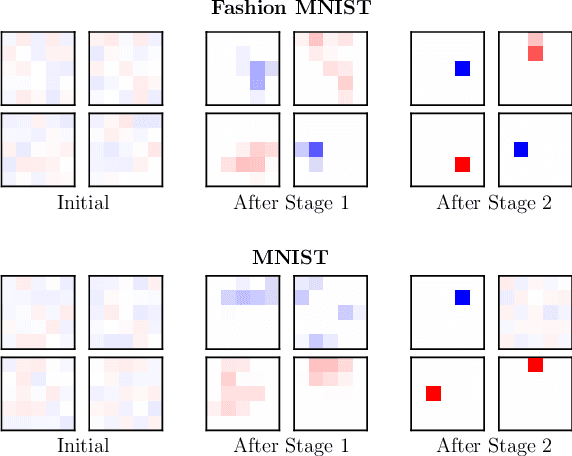
Abstract:The vulnerability of deep neural networks to small, adversarially designed perturbations can be attributed to their "excessive linearity." In this paper, we propose a bottom-up strategy for attenuating adversarial perturbations using a nonlinear front end which polarizes and quantizes the data. We observe that ideal polarization can be utilized to completely eliminate perturbations, develop algorithms to learn approximately polarizing bases for data, and investigate the effectiveness of the proposed strategy on the MNIST and Fashion MNIST datasets.
 Add to Chrome
Add to Chrome Add to Firefox
Add to Firefox Add to Edge
Add to Edge